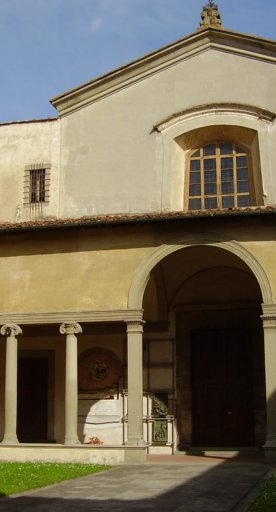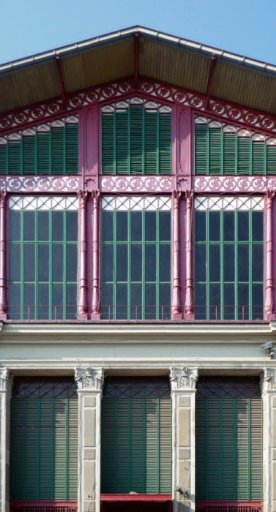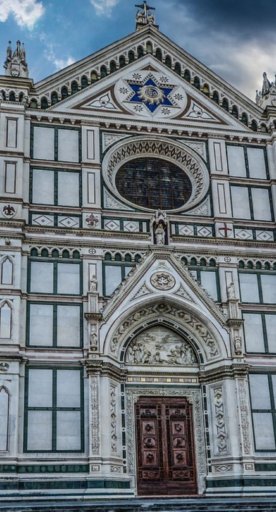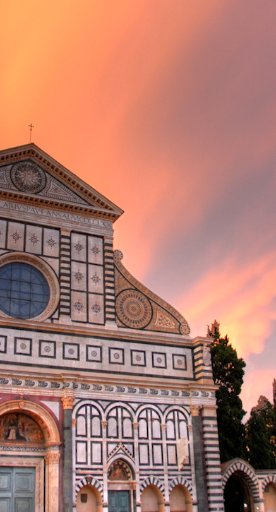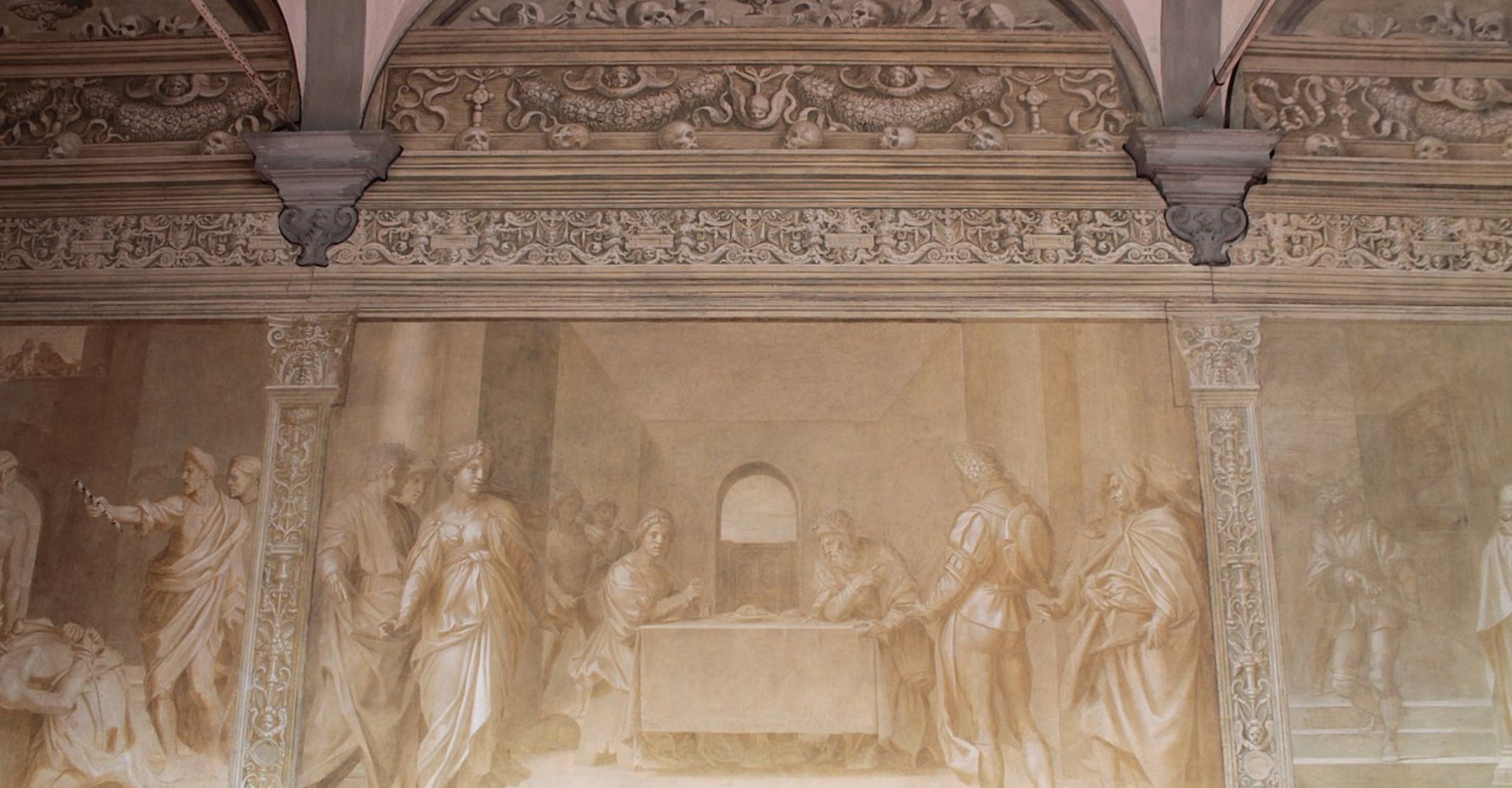
Scalzo Cloister
A little gem, frescoed by Andrea del Sarto with one of the most important cycles of early 16th-century Florentine painting
The Scalzo Cloister (Chiostro dello Scalzo) is located in the center of Florence, at Via Cavour 69, and was once the portico of access to the church of the Compagnia dei Disciplinati di San Giovanni Battista (the Company of the Disciples of St. John the Baptist), established in 1376 and now destroyed. The church was called "dello Scalzo" because of the barefoot brother who carried the Cross in processions.
The Confraternity was suppressed in 1785 by Peter Leopold of Lorraine, who alienated its property with the exception of the cloister, designed by Giuliano da Sangallo and decorated by Andrea del Sarto with one of the most important cycles of early 16th-century Florentine painting: sixteen frescoes painted with the elegant monochrome technique, a chiaroscuro without colors, depicting episodes from the life of St. John the Baptist, patron saint of Florence, and the four virtues: Faith, Hope, Justice and Charity.
Two stories (the Blessing of St. John the Baptist leaving for the desert and the Meeting of Christ with St. John the Baptist) were painted by Franciabigio, during Andrea's stay in Paris in 1518.
Painted between 1509 and 1524, the frescoes represent a moment of Andrea del Sarto's highest stylistic and technical level; the wide span of time between the creation of one scene and the next one allows us to appreciate the stylistic evolution of the artist and of Florentine painting in general.
The central frescoes are the oldest and simplest ones (e.g., the Baptism of Christ).
In those of the following decade (the Capture of the Baptist of 1517 or the Baptism of the Multitudes), one can see the influence resulting from the comparison with other artists who were gradually establishing themselves, first and foremost Michelangelo, or Franciabigio himself: the scenes become more dynamic, complex, rich in figures and movement.
Finally, the episodes made during the third decade present more solemn, majestic, heroic figures, testifying to the great popularity now acquired by the style of "Michelangelo".







